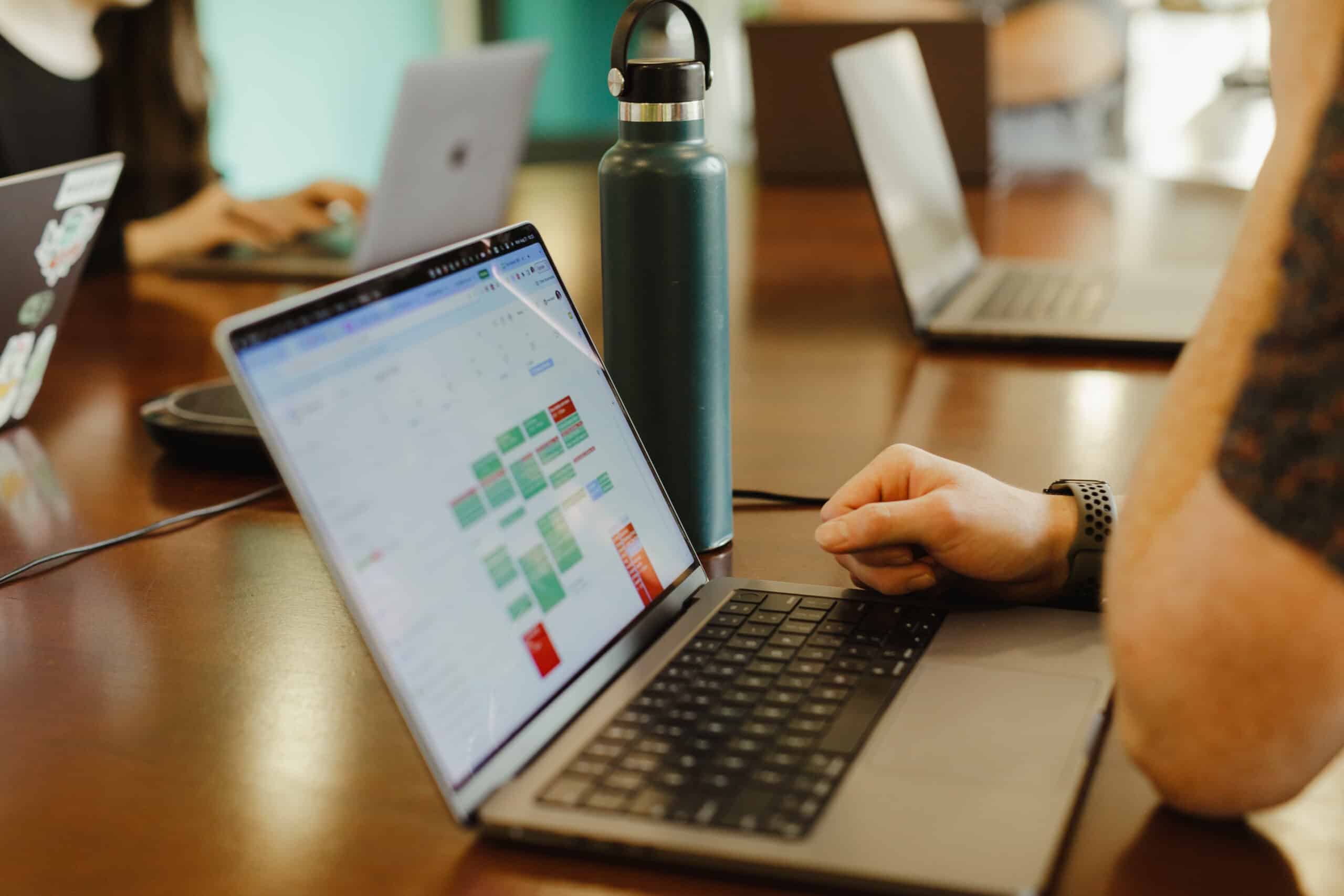We are a hybrid company and have a pretty good balance of office vs. work-from-home (WFH) days. But now that remote work is more of an intentional choice than a forced situation, we can start to make better decisions about how and when we do it. One of our more recent additions to Atomic’s benefits package is a “Work From Anywhere (WFX) Week” – essentially, an intentional remote work week from the location of your choice.
I recently visited my brother and nephew in Southern California to get in some much-needed uncle time, and it was nice to keep up with work during the visit. While there, I noticed a difference in how remote work felt then versus during the pandemic. Here are a few tips I picked up and have decided to focus on while working remotely going forward:
- Plan work to take with you, and be realistic about what that work is.
- Bring the right equipment, especially a portable monitor.
- Stay connected, but don’t spend all your time in meetings (if possible).
Plan to bring suitable work.
The first and most important step to successfully working remotely is to plan out what you’ll work on ahead of time, and review that plan with your team. It’s important to be realistic here: plan a remote work week around stuff you can actually accomplish while remote. Try to avoid filling your time with work that’s highly complex, needs a lot of back-and-forth feedback, or requires something you may not have access to (like a whiteboard or a huge monitor).
If possible, organize work that you can do independently and pick up something that is actually achievable within a certain timeframe. It can be difficult to shut your laptop and enjoy the place you’re visiting when you feel like you didn’t accomplish what you set out to do.
I noticed that simpler, independent tasks were helpful while working remotely – I still felt like I was contributing to the team, but could work more at my own pace (especially being in a different time zone). In contrast, work that required a high degree of collaboration and coordination (like planning for and then facilitating a remote client workshop) felt much more challenging than it typically would have been. This won’t always work out exactly as you plan, as unexpected things tend to arise in the life of a consultant, but it’s worth planning with this in mind.
Pack smart and be prepared.
One thing you can have more control over is the equipment you bring. Locking in the right setup is a critical part of making remote work a success. Getting your gear in order before working remotely is important, which might take some trial and error. I find it impossible to get much work done on a single screen these days. Apart from the essentials (laptop, mouse, chargers, and headphones), the most valuable part of my remote-work toolkit is my iPad, which I mainly use as a second monitor. There are less expensive portable monitors, but I also use my iPad as a tablet/drawing surface as needed.
I also never travel (for work) without two or three different colors of sticky notes, some sketch paper, and Sharpies. Tools like Miro are great, but you never know when you’ll need to get an idea out on paper. I often find that inspiration strikes at interesting times while traveling, so having a small notebook and pen is also a critical part of my on-the-go work setup. To organize a lot of these small items, I’ve found that a little accessory bag is a helpful thing to have. This can easily fit pens, stickies, chargers, cables, adapters, etc.
Stay connected and avoid fatigue.
The one thing you probably have the least control over — but one that can make or break your remote work success — is how often you have to attend meetings. It’s critical to stay in the loop and be available if your team needs you, but that doesn’t mean you must be on Zoom all day. Some meetings are mandatory, but back-to-back Zoom calls will eat up your time and energy, so try to avoid that if possible. We all remember the pandemic work days of non-stop video meetings — let’s not relive that if we don’t have to.
Try to reschedule, shorten, or just skip non-essential meetings while you’re working remotely (especially if you’re the only remote person). The one thing we haven’t figured out collectively is how to make hybrid meetings work well. Often, the remote participants get the short end of the stick, so I’ve found that if I don’t need to be there, it might be a better use of my time to follow up after the meeting. Striking the right meeting balance will go a long way in helping you stay connected and productive while avoiding meeting fatigue.
Find What Works For You
To sum up, remote work can be an intentional, planned, and enjoyable experience rather than a forced reality. We can make the most of it by planning appropriate work to bring with us, having the right equipment, and adjusting our schedules to have heads-down time instead of constant meetings. We will all have varying abilities to reschedule meetings or bring certain tasks with us that are more suitable for working remotely, but the more we can plan, the better. It will take some experimenting, but it’s worth considering these things the next time you pack up your bags and work from anywhere.

